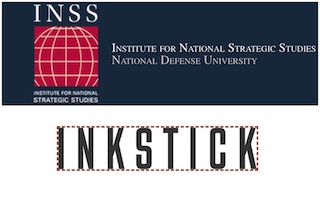Assam and Mizoram Border Tensions exposed India’s Northeast Vulnerabilities
Seven people including six Assam police personnel were killed by the Mizoram police firing on July 26, 2021, during an armed standoff at the Assam-Mizoram borders. The situation remained tense but came under control after the Union Government deployed two companies of the Central Reserve Police Force (CRPF) along with the disputed areas on the Assam-Mizoram border.


